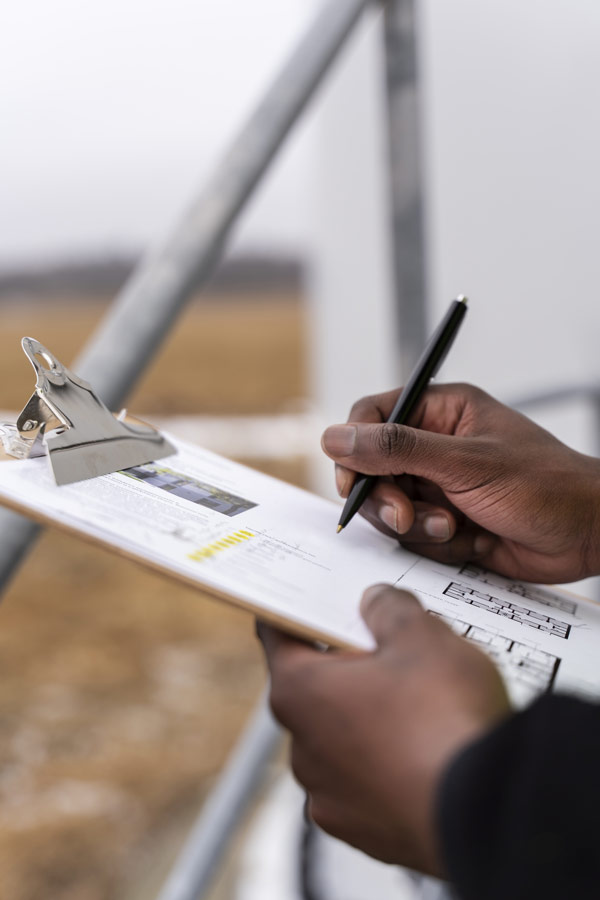Comprehensive Lead Paint Removal Service in NYC-- Licensed and Certified
Comprehensive Guide on Effective Lead Offense Elimination Techniques
In the world of environmental safety and security, attending to lead violations requires a precise and structured technique. This extensive overview begins by highlighting the critical first steps of determining lead hazards via advanced analysis and testing approaches. The guide specifies on the importance of sticking to stringent safety and security protocols throughout the removal process, consisting of the use of appropriate PPE and isolating impacted locations.
Identifying Lead Dangers
Identifying lead dangers is a crucial primary step in alleviating the threats connected with lead direct exposure. Lead, a toxic metal, can be existing in numerous environmental tools, consisting of paint, dirt, water, and dust. It presents extreme health dangers, specifically to children and expecting ladies, bring about neurological damage and developmental delays. Exact recognition of potential lead resources is vital for effective remediation.
The preliminary phase in determining lead dangers includes comprehending typical lead resources within the developed atmosphere. Structures developed before 1978 are particularly vulnerable due to the prevalent use of lead-based paint during that duration. In addition, dirt contamination can happen from degrading exterior paint, industrial emissions, or historic usage of leaded gas.
One more significant source is lead piping and pipes components, which can leach introduce drinking water. Customer products such as toys, ceramics, and imported items might likewise contain harmful lead degrees. Significantly, work-related environments and hobbies entailing lead can track pollutants into homes.
Analysis and Screening
When dealing with lead hazards, reliable evaluation and testing are extremely important. This vital step ensures the recognition and quantification of lead presence, therefore assisting subsequent removal initiatives. Initial analysis usually involves an aesthetic evaluation to recognize prospective lead resources, such as weakening paint or contaminated dust. This is enhanced by more strenuous testing techniques to determine the level of contamination.

Dust clean sampling is one more important strategy, especially in domestic settings. By accumulating samples from floorings, windowsills, and other surfaces, this approach offers insights into potential direct exposure dangers. Furthermore, dirt testing around structure perimeters is vital to find lead contamination that could present dangers, especially to kids.
Safe Elimination Procedures
Upon completing detailed analysis and testing, implementing secure elimination procedures this contact form is the next crucial phase in dealing with lead threats. This procedure makes certain that lead-contaminated materials are properly and safely eliminated, decreasing risk to both workers and homeowners. The primary step involves isolating the affected location using plastic bed linen and correct securing methods to stop the spread of lead dirt.
Workers must don proper individual safety devices (PPE), including respirators, handwear covers, and disposable coveralls, to mitigate exposure. Using specialized tools and wet approaches, such as wet fining sand or making use of HEPA-filtered vacuum cleaners, decreases the dispersion of lead bits. It is vital to avoid dry fining sand or unpleasant blasting, as these approaches can produce dangerous lead dust.
Garbage disposal is one more important component; all polluted products must be firmly nabbed and classified according to EPA and local guidelines. In addition, comprehensive cleansing of the workplace with HEPA vacuum cleaners and visit this site right here wet wiping guarantees the elimination of recurring lead fragments.
Post-Removal Verification

Verification of effective lead elimination, referred to as post-removal verification, is crucial to make certain the safety and security and habitability of the remediated location. This procedure includes a series of meticulous assessments and examinations designed to identify any type of recurring lead bits that may pose wellness threats. The preliminary step generally consists of an aesthetic inspection to assess the completion and quality of the removal work. This inspection ensures that all well-known sources of lead have actually been resolved and that no visible indicators of contamination stay.
Adhering to the visual evaluation, environmental tasting is carried out. This entails accumulating dirt, soil, and often water examples from the remediated location. Certified labs assess these samples to determine lead degrees, ensuring they drop below the safety and security thresholds developed by regulatory bodies such as the Epa (EPA)
Additionally, air quality screening may be performed to find airborne lead particles, particularly in instances where substantial lead-based paint elimination or restoration has actually occurred. The outcomes of these tests provide measurable data my blog confirming that the lead levels are within acceptable limits.
Inevitably, post-removal confirmation works as an essential checkpoint, verifying the effectiveness of the lead abatement efforts and securing the wellness of residents and site visitors.
Safety Nets and Maintenance

A crucial preventive action includes making use of lead-safe certified contractors for any restoration, repair service, or paint activities. These experts are learnt practices that lessen lead dirt and particles. Additionally, preserving painted surface areas to prevent damaging or peeling off is essential, as deteriorating paint can release lead fragments right into the atmosphere.
Educational initiatives targeting building proprietors and renters relating to the threats of lead and the relevance of reporting any kind of possible hazards can further enhance preventive initiatives. Regular cleansing utilizing HEPA vacuum cleaners and wet mopping strategies can considerably decrease lead dirt accumulation.
Conclusion
In recap, effective lead offense elimination requires a meticulous strategy including thorough evaluation, specific screening, and rigorous removal treatments. Recurring evaluations and maintenance are essential to alleviate future lead threats, therefore safeguarding public health and making certain continual conformity with regulative needs.